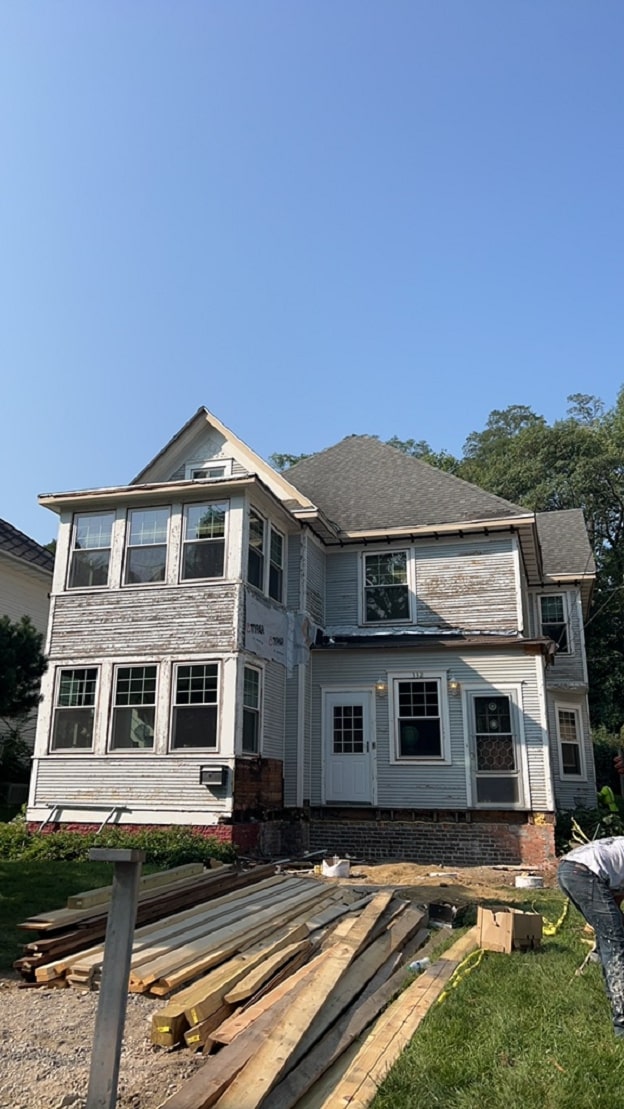Roofing and attic ventilation is a pivotal part of your home’s roofing system, crucial for maintaining temperature regulation, controlling moisture, and ensuring the longevity of your roof. Despite often being overlooked, adequate ventilation in these areas plays a significant role in preserving the integrity of your home, while also offering tangible benefits in terms of energy efficiency and cost savings.

The Science of Roof Ventilation
Understanding the basics of roof ventilation begins with the principles of airflow—specifically, the need for a continuous stream of air in and out of the attic space. This process, driven by convection, leverages the natural difference in air pressure and temperature between the indoors and outdoors to facilitate this airflow, thereby managing heat levels within the attic. Excessive heat, if not properly vented, can significantly damage your roof’s components and potentially lead to a reduction in its overall lifespan.
Importance of Proper Ventilation
Proper ventilation within your roofing system is instrumental in:
-
Temperature Regulation: By allowing hot air to escape, it prevents the buildup of heat within your attic, thus reducing the workload on your HVAC system and lowering your energy bills.
-
Moisture Control: Effective ventilation helps in mitigating moisture accumulation in the attic, which can lead to mold growth, wood rot, and compromised insulation.
-
Extended Roof Life: Keeping your attic cool and dry can slow down the deterioration of your roofing materials, potentially delaying the need for significant repairs or replacement.
-
Energy Efficiency: A well-ventilated roof contributes to keeping indoor temperatures more stable, which in turn can lead to lower heating and cooling costs.
Types of Attic Vents
There are a variety of attic vents available, including:
-
Soffit Vents: Positioned along the eaves of the roof to bring cool air into the attic.
-
Gable Vents: Situated on the gable ends of the roof, these offer an alternative avenue for fresh air to enter.
-
Ridge Vents: Installed at the highest point of the roof, allowing for the even escape of hot air along the roofline.
-
Static Vents: Utilizes natural wind to draw hot air out of the attic, with options like turbine vents and box vents.
-
Power Vents: These are motorized fans designed to expel hot air from the attic, ideal for low wind areas.
Recognizing Signs of Poor Ventilation
Being vigilant about the signs of inadequate ventilation can help you prevent potential damage. Key indicators include:
-
Shingle Damage: Excessive heat can cause shingles to curl or blister.
-
High Energy Bills: An unusual spike in cooling costs during summer might indicate trapped heat in the attic.
-
Presence of Moisture: Look for condensation on windows, peeling paint, or mold growth, all of which suggest excess moisture.
Trust in Your Roofing Partner
Ensuring your roof and attic are well-ventilated is a crucial step in maintaining your home’s integrity and comfort. At Done Right Home Improvements, we recognize the importance of a properly ventilated roofing system. Our team of experts is equipped to assess, repair, or overhaul your ventilation system, ensuring it operates efficiently and effectively.
Ready to Enhance Your Home’s Roof Ventilation?
If you’re concerned about your home’s roof and attic ventilation or wish to explore your options, reach out to Done Right Home Improvements today. With years of experience serving homes in Omaha, NE, we’re your trusted partner in all things roofing. Give us a call at (402) 714-3104 or fill out our online form to get started on ensuring your roofing system is performing at its best.

